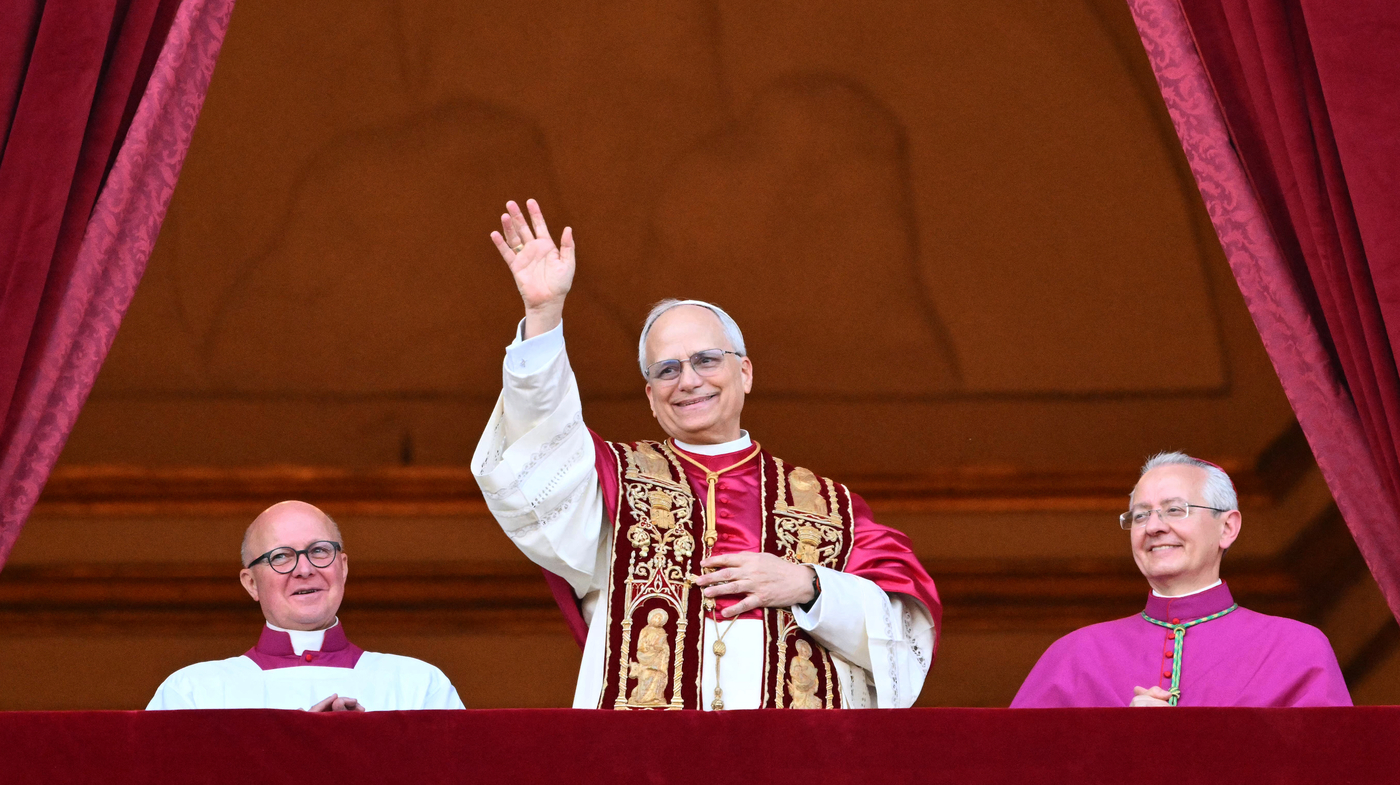The election of Cardinal Robert Prevost as Pope Leo XIV represents a pivotal moment for the Catholic Church, blending tradition with a distinctly modern, globalized perspective. His unique background—spanning Chicago, Peru, and the Vatican—positions him as a bridge between continents, cultures, and the Church’s past and future. Here’s a deep dive into why this papacy could redefine Catholicism’s role in the 21st century.
—
A Papacy Rooted in Cross-Cultural Experience
Prevost’s journey from Chicago to Lima and finally to Rome is unprecedented. Unlike his predecessors, who were predominantly European, his multicultural upbringing (French, Italian, and Spanish heritage) and decades of missionary work in Peru’s impoverished regions have shaped a worldview centered on grassroots engagement. Fluent in Italian, Spanish, and Latin, he embodies the Church’s linguistic diversity while resonating with both the Global North and South.
Key Takeaway: His election signals a deliberate shift toward leaders with hands-on experience in marginalized communities, aligning with Pope Francis’s emphasis on “a poor Church for the poor.”
—
Breaking Barriers: The First American Pope
Prevost’s election shatters a centuries-old mold. While the Church has had popes from Africa, Latin America, and Europe, an American pontiff—especially one with dual U.S.-Peruvian citizenship—challenges historical norms. The swift conclave decision (just two days) suggests cardinals prioritized adaptability over tradition, recognizing the need for a leader attuned to geopolitical tensions, migration crises, and the Church’s declining influence in the West.
Why It Matters:
– Symbolism: His U.S. ties may recalibrate the Church’s relationship with American Catholics, 20% of whom now identify as “unaffiliated” (Pew Research).
– Global South Representation: His work in Peru underscores the Vatican’s acknowledgment of Catholicism’s demographic future—40% of the world’s Catholics now live in Latin America.
—
Policy Implications: Social Justice Meets Pragmatism
Prevost’s record hints at a centrist-progressive balance. In Peru, he advocated for indigenous rights and economic equity, yet his training in canon law suggests doctrinal caution. Expect these priorities:
Controversy Ahead: His U.S. roots may draw scrutiny, particularly amid polarization over abortion and LGBTQ+ rights. Will he navigate these issues diplomatically or risk alienating conservatives?
—
The Bigger Picture: A Church in Transition
Prevost’s papacy reflects Catholicism’s existential crossroads:
– Declining Trust: Only 30% of U.S. Catholics view the Church favorably (Gallup). His authenticity could rebuild credibility.
– Rise of the Global South: With Africa’s Catholic population projected to double by 2050, his non-European perspective is strategic.
– Dialogue Over Doctrine: His multilingualism and multiculturalism equip him to mediate between factions—from traditionalists to reformists.
—
Conclusion: A Bridge Between Worlds
Pope Leo XIV’s papacy isn’t just historic—it’s a litmus test for whether the Church can evolve without fracturing. His background offers a rare trifecta: doctrinal credibility, missionary zeal, and cross-cultural fluency. If he leverages these strengths to address inequality, clerical reform, and interfaith dialogue, he could reinvigorate Catholicism’s relevance.
Final Thought: In choosing Prevost, the cardinals didn’t just elect a pope; they bet on a translator—one who speaks the language of the streets, the chancery, and the world. The next decade will reveal whether that translation resonates.
—
*Note: This analysis avoids speculative claims, grounding insights in Prevost’s documented background and the Church’s current challenges.*











